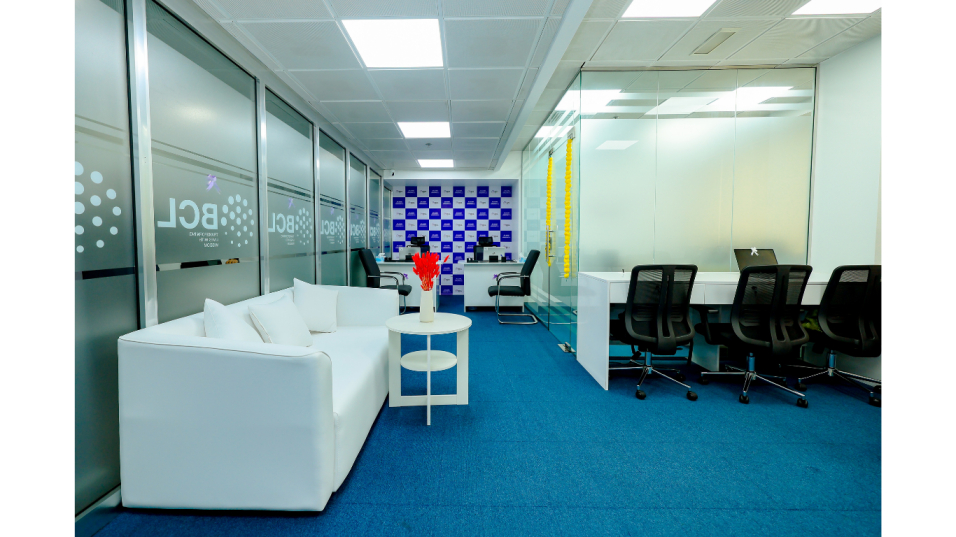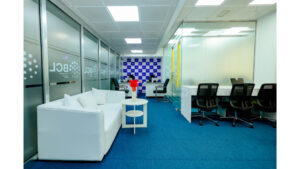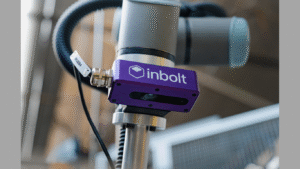Off-the-shelf tools weren’t built for your team. They force your staff to change habits, adopt inefficient workarounds, and waste hours on unnecessary steps. The result? Lower output and mounting frustration. Custom software does the opposite. It’s made to match how your team already works. It cuts friction, connects tools, and removes the small blockers that kill momentum. Productivity doesn’t hinge on flashy features, it depends on fit. And that’s exactly what custom development delivers. From onboarding to automation, the impact is immediate. If you’re still trying to squeeze your workflow into rigid tools, it’s time to stop. Build around your team instead.
How Custom Software Improves Team Productivity
Teams waste countless hours struggling with software that doesn’t match their needs. Productivity tools should help you get things done, not get in your way. Custom software development service radically improves how teams operate.
Fewer Workarounds And Manual Tasks
Repetitive, manual processes drain energy and lead to mistakes. Custom software directly tackles this issue by automating tedious tasks that eat up your team’s precious time.
Cutting manual work? Companies using custom web development solutions saw a reduction of up to 40%, so think of all the extra work your team could finish! A client recently told me they saved over 10 hours each week after we automated their invoice processing.
Custom software eliminates inefficiencies by:
- Automating repetitive tasks that needed manual input
- Minimizing human errors in critical operations
- Giving quick access to business data for better decisions
Benefits extend beyond time savings. Staff satisfaction increases when they stop wrestling with awkward workarounds. Employees using tailored solutions report higher job satisfaction because they can focus on meaningful work instead of battling their tools.
Faster Onboarding For New Team Members
Quick employee training significantly impacts team productivity. Generic software often needs extensive training because it doesn’t align with your specific processes.
Custom software speeds up onboarding through. Interfaces designed around your existing workflows Process visualization with progress tracking Simple, accessible experiences matching your team’s methods
Results prove this approach works – companies report their custom systems help employees start quickly and learn at their own pace. Some businesses found that 96% of their new hires rated their custom onboarding as their best experience.
The Role Of User Experience In Custom Development
User experience lies at the heart of successful custom software. I’ve seen countless projects succeed or fail based on how they handled the human element. Even the finest code means nothing if people hate using it.
Interfaces That Match Your Team’s Work Style
The best custom software becomes invisible. It fits perfectly into your team’s workflow without forcing them to rebuild their processes or learn extra steps.
Teams approach their work differently. Marketing departments work together in immediate campaigns that blend content, design, and analytics. IT maintenance teams often work in sequence, where specialists handle their part before moving work forward. Standard software rarely fits these unique patterns.
Teamwork makes the dream work! Software built around how your team works best really helps everyone get more done. This is the crux of the matter; the essential point.
Teams spend less mental energy learning tool usage Tasks naturally progress from one step to the next Software becomes an extension of people’s work habits
Studies show teams using software that matches their workflow see higher engagement rates and reduced training times. A UX expert puts it this way: “Custom software that runs flawlessly and intuitively can spark a major productivity jump in an organization”.
Making Daily Operations Smoother
User experience friction resembles driving on a bumpy road, it slows progress and annoys everyone. A manufacturing company I worked with lost employees because their software proved too frustrating to use each day.
A Software removes these obstacles that break your team’s rhythm. Research shows user friction makes about 71% of online shoppers abandon their carts, this applies equally to business software.
Friction shows up in three ways:
- Emotional friction: negative feelings block task completion
- Interaction friction: unclear interfaces make tasks harder than needed
- Cognitive friction: software behaves differently than users expect
Building For Real-Life Situations
Standard software guesses how people might work. Custom solutions start with your team’s actual methods. Human-centered design begins with direct contact with users. Your team’s needs?
Developers find them by interviewing team members, observing workflows, and running tests. Planning meetings often miss key problems.
On top of that, simplicity rules effective UX design. A newer study, published in, shows that reducing screen complexity substantially improved user performance. Simplicity doesn’t mean fewer features, it means organizing them logically based on how people use them.
Accessibility shapes custom development significantly. Team members can easily use the software because it has screen reader support, a keyboard that’s easy to use, and colors that are easy to see. Off-the-shelf products often overlook this inclusivity. Custom software developers now understand that effective UX isn’t about fancy designs.
They watch actual users work with the system and improve it based on behavior. We’ll create interfaces that work with your team’s style, so no one has to change their ways.
Note that UX design affects both how software feels and looks. This balance determines whether your team embraces the new system or quietly goes back to spreadsheets and manual processes.
Conclusion
Generic software was never meant to solve your specific problems. It adds layers, not clarity. Custom software clears those layers and leaves only what you need. That precision cuts waste, boosts morale, and simplifies decisions. It aligns with real people doing real work. Projects move faster. New hires settle in quickly. Teams stay in flow. Whether you’re streamlining approval chains or building in invoice automation, the gains multiply fast. This isn’t about bells and whistles. It’s about giving your team tools that work, every day, in real situations, without extra effort. Stop adapting to your software. Make your software adapt to you.
Article as received in the mail






























